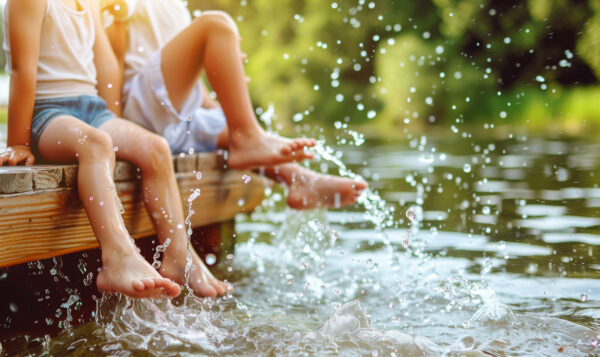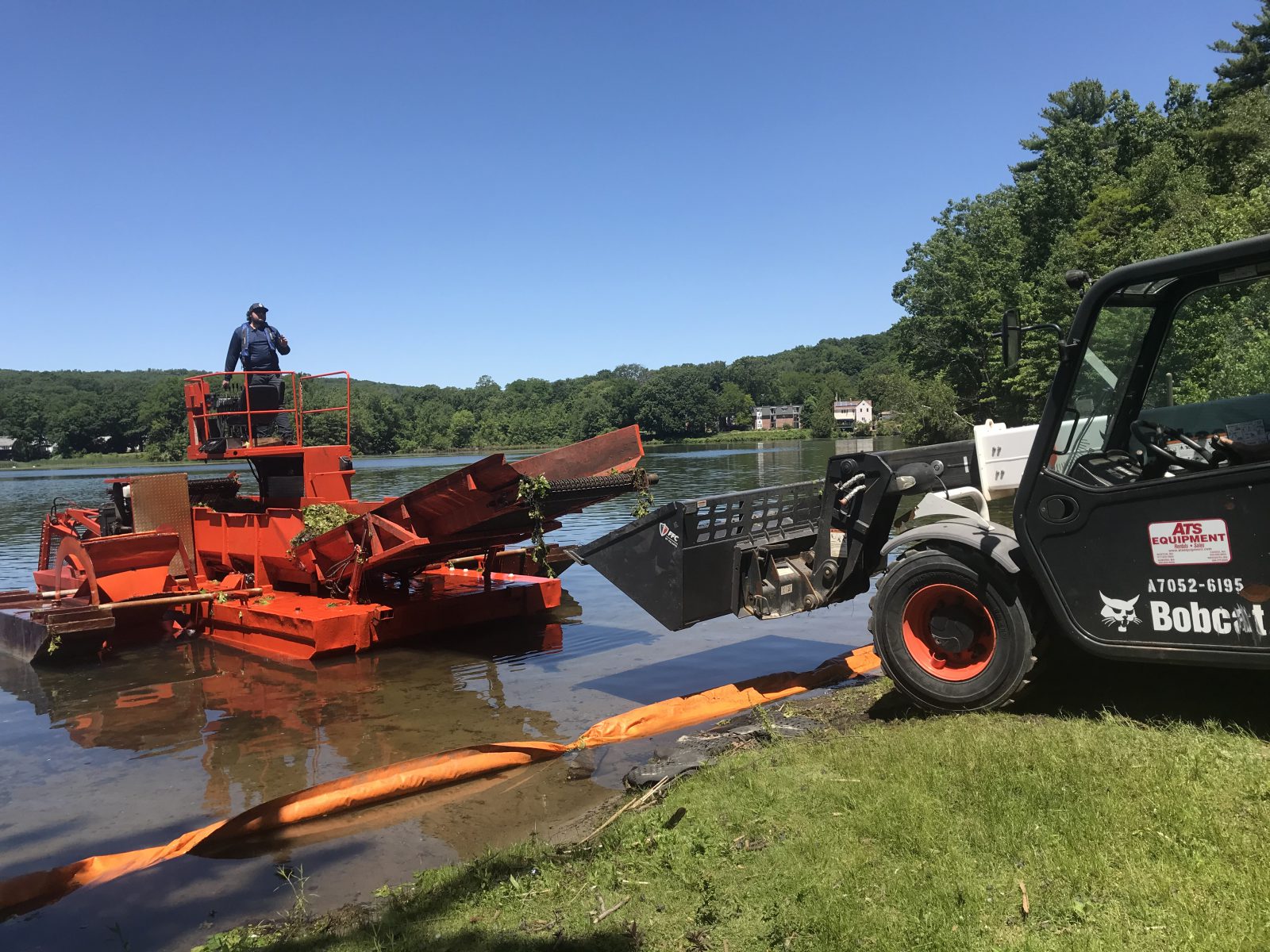
Harvesting or Hydro-raking? Which Mechanical Pond Weed Removal Option is Right For You?
There is rarely one specific remedy for helping restore a waterbody. Often times, restoration includes a multiyear management program encompassing a combination of aquatic management tools and techniques, such as herbicide and algaecide treatments, nutrient remediation, aeration and biological augmentation. Mechanical removal is an additional management method that may be incorporated into a restoration program, and has a number of ecological benefits including nutrient mitigation, water circulation and open water habitat restoration.
Mechanical lake weed harvesting services encompasses two distinct management tools and approaches: lake weed harvesting and hydro-raking, or hydrotilling. While both provide ecological benefits, it is important to distinguish which option is better-suited for the specific management objectives of your lake or pond.
Before & After Mechanical Harvesting of Lake Weeds
- Vegetation Removal via Harvesting
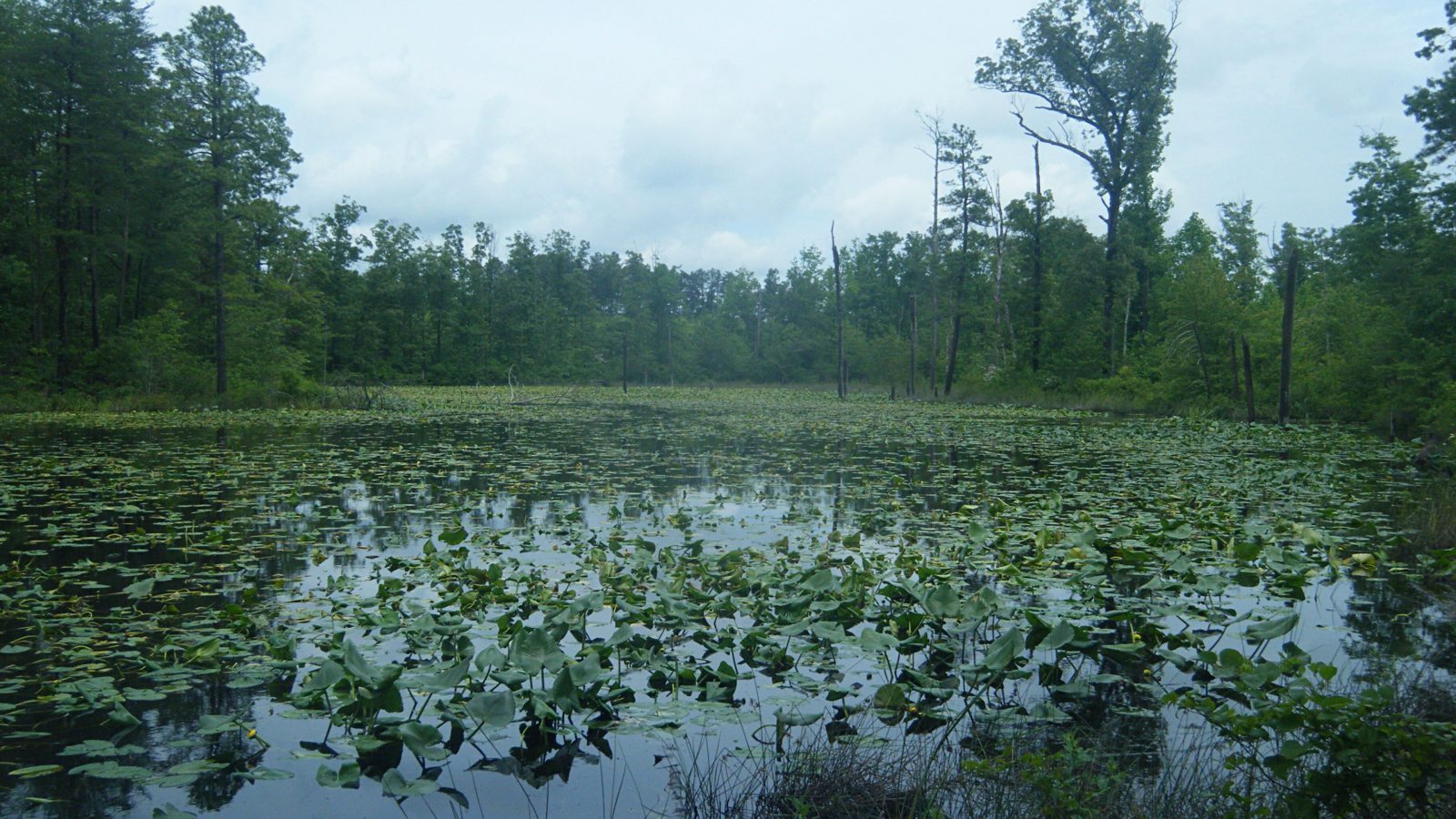
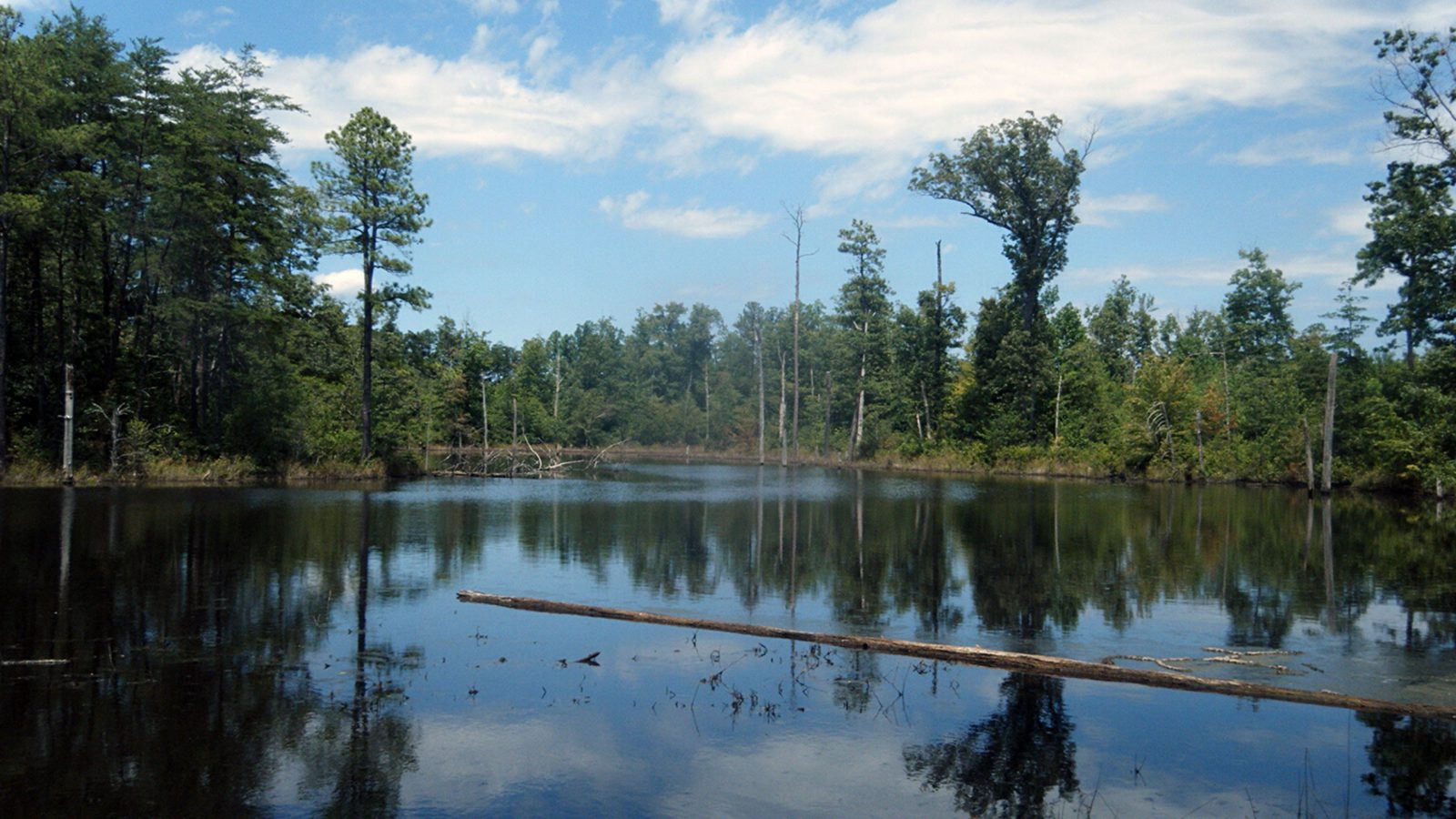
Mechanical Harvesting for Pond and Lake Weed Removal
The aquatic weed harvester is a floating barge that cuts and effectively removes nuisance aquatic weeds and algae from the surface of the waterbody. The plant material is collected and then offloaded, either into a container to be transported offsite or to a designated onshore compost area.
Mechanical lake weed removal offers an eco-friendly solution that does not create temporary water use restrictions during or after the work. For sensitive aquatic ecosystems, it can act as an alternative to herbicides. Mechanically harvesting lake weeds can be an ideal management option for annual plants that are invasive or at nuisance levels. The aquatic weed harvester has been proven effective on water chestnut (Trapa natans), giant salvinia (Salvinia molesta), water soldier (Stratiotes aloides), and water hyacinth (Eichhornia crassipes).
Mechanical Lake Weed Harvesting In Action
Before & After Hydro-raking (Hydrotilling)
- Vegetation Removal via Hydro-raking
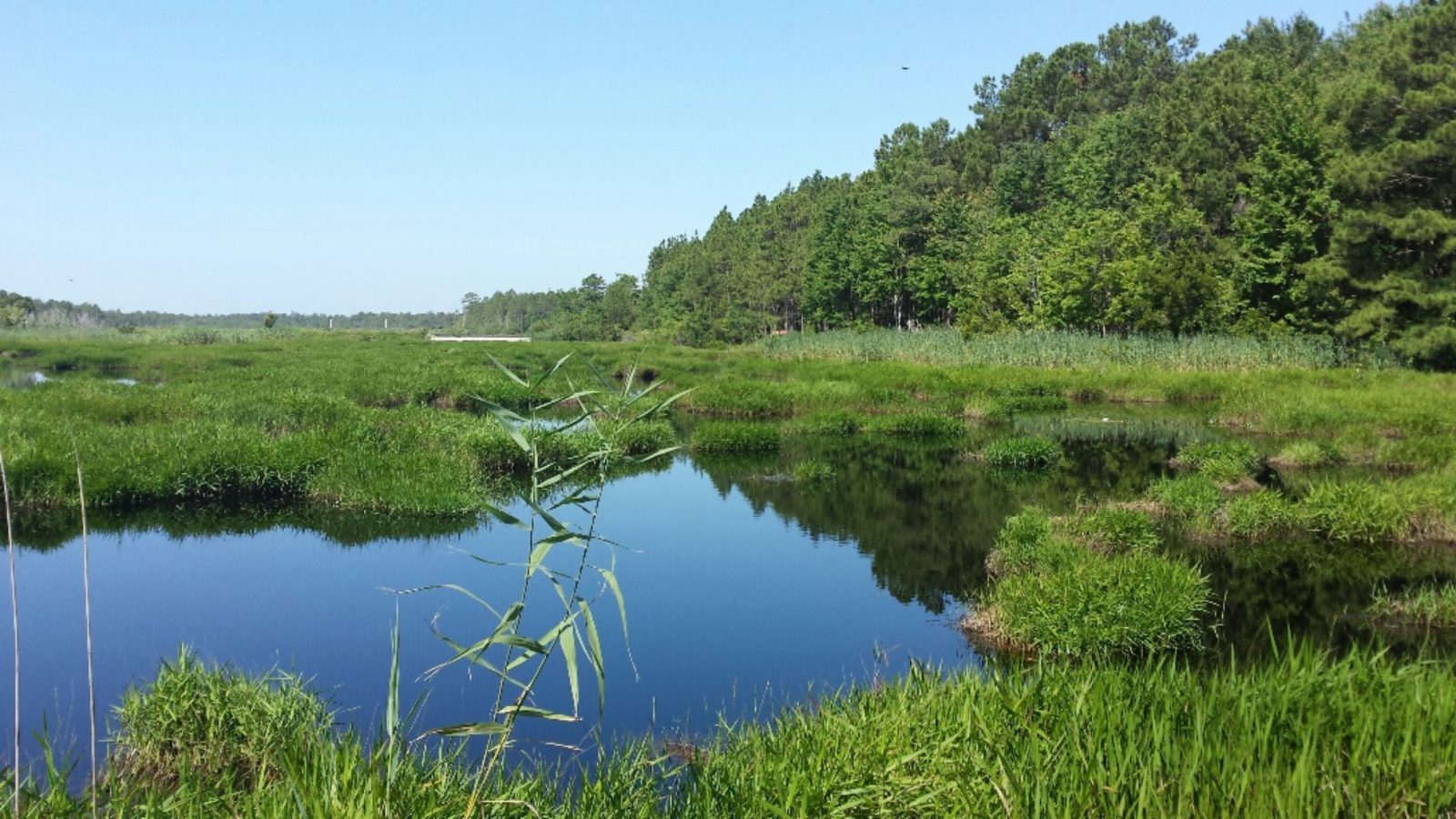
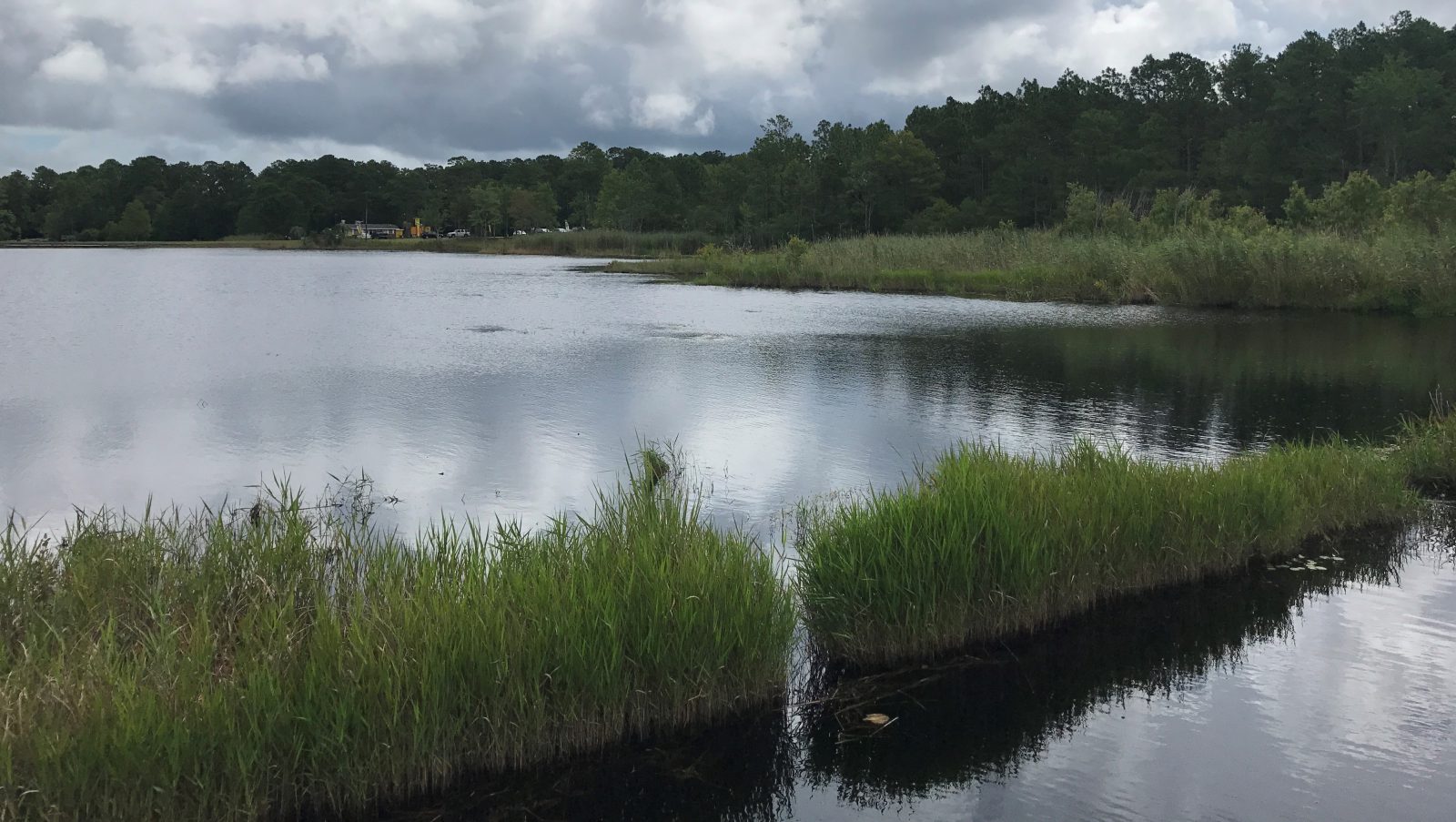
Hydro-Raking or Hydrotilling Weeds Under Water
The hydro-rake is also a floating barge run by two hydraulic paddle wheels, but is equipped with a 12-foot hydraulic arm with a rake attachment that is used to rake the pond bottom and remove detritus, organic sediment and aquatic vegetation with attached root systems. The hydro-rake, having no on-board storage, must offload the collected material directly onshore or onto a transport barge for removal.
Hydro-raking can be an effective alternative to herbicide and algaecide applications, but it has also proven effective in unison with these treatments. When managing emergent or floating leaf species, such as common reed (Phragmites australis) or water lily (Nymphaea sp.), herbicide application is often the first management approach, followed by hydro-raking. Hydro-raking is commonly utilized after control, to collect the plant biomass and associated root structure, negating it from contributing to the organic matter substrate below. This approach has proven effective on a number of aquatic plants such as cattails (Typha sp.), purple loosestrife (Lythrum salicaria), pickerelweed (Pontederia cordata), watershield (Brasenia schreberi) and Alligator weed (Alternanthera philoxeroides).
Hydro-raking can also serve as a more environmentally friendly and cost effective alternative to dredging. Additionally, if a lake or pond is periodically maintained through hydro raking, the need to perform a large scale dredge project may be negated, saving financial resources and prolonging ecological disruption in the process.
Hydro-raking In Action
Benefits of Mechanically Harvesting Lake Weeds
Both aquatic weed harvesting and hydro-raking collect plant biomass before it decomposes and contributes to the organic muck layer, maintaining or increasing overall water depth. In addition to the plant biomass, these mechanical options remove the associated nutrients (phosphorus and nitrogen) that contribute to increased plant and algae growth and, potentially, eutrophication.
These management techniques are used in a wide variety of projects on private, public and state waterbodies to help maintain or restore the open water space of shorelines, coves, inlets and outlets. Depending on the lake management objective and the target aquatic species for control, mechanical projects are usually part of a multiyear program. The next time you look out at your lake or pond, remembering its former attributes and beauty, consider investigating how mechanical lake weed removal services can be applied to help restore balance to your aquatic ecosystem.
SOLitude Lake Management is a nationwide environmental firm committed to providing sustainable solutions that improve water quality, enhance beauty and preserve natural resources.
SOLitude’s team of aquatic scientists specializes in the development and execution of customized lake, stormwater pond, wetland and fisheries management programs. Services include water quality testing and restoration, algae and aquatic weed control, installation and maintenance of fountains and aeration systems, shoreline erosion control, muck and sediment removal and invasive species management. SOLitude partners with homeowners associations, golf courses, private landowners, businesses and municipalities. SOLitude Lake Management is part of Rentokil, a leading business services company, operating across the United States, Canada and Puerto Rico.
For more information, visit SOLitude Lake Management at solitudelakemanagement.com, and connect on Facebook, LinkedIn and Twitter.

